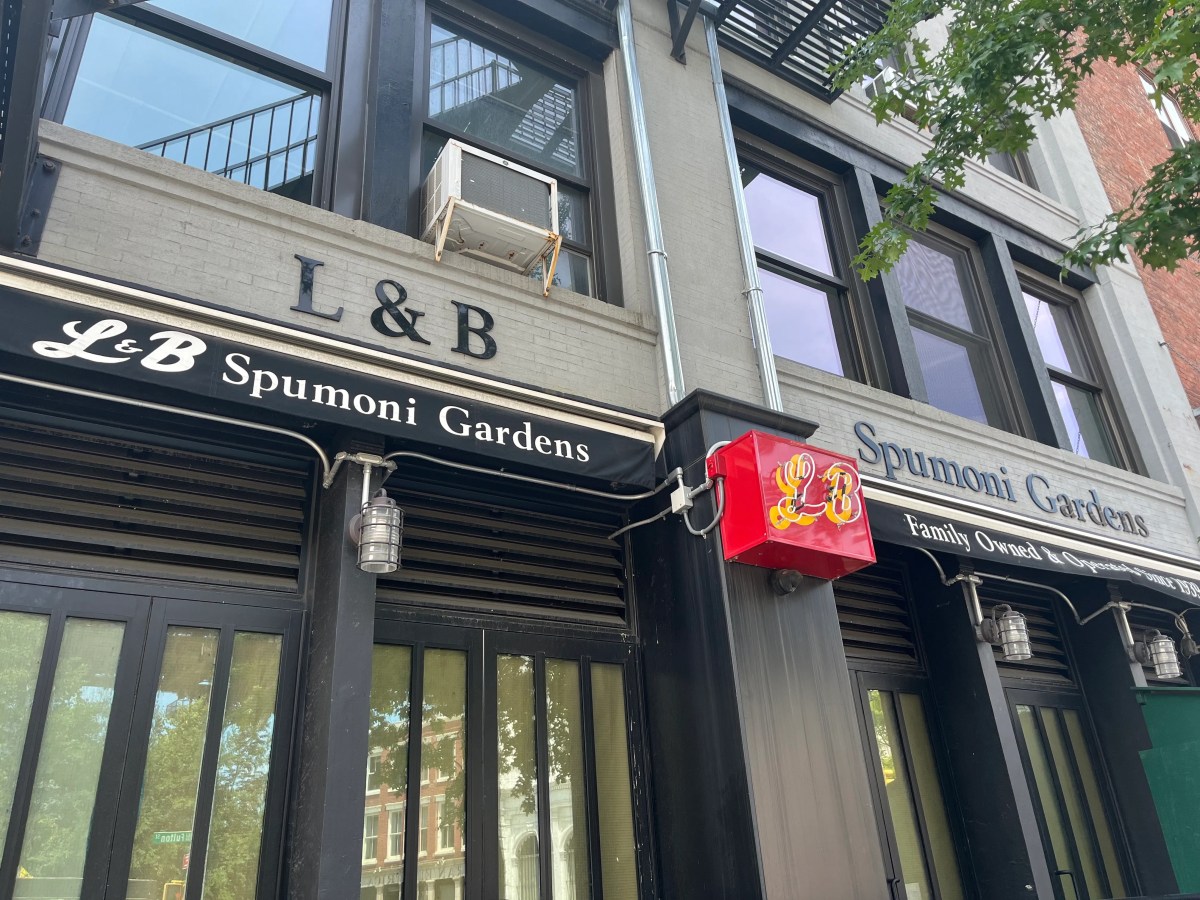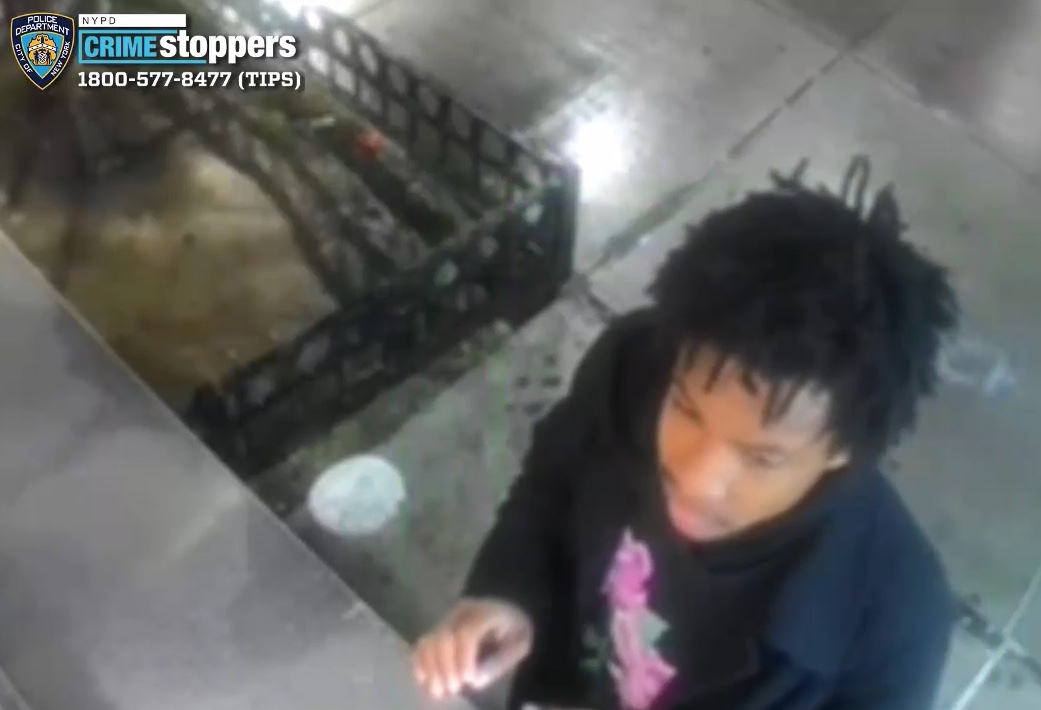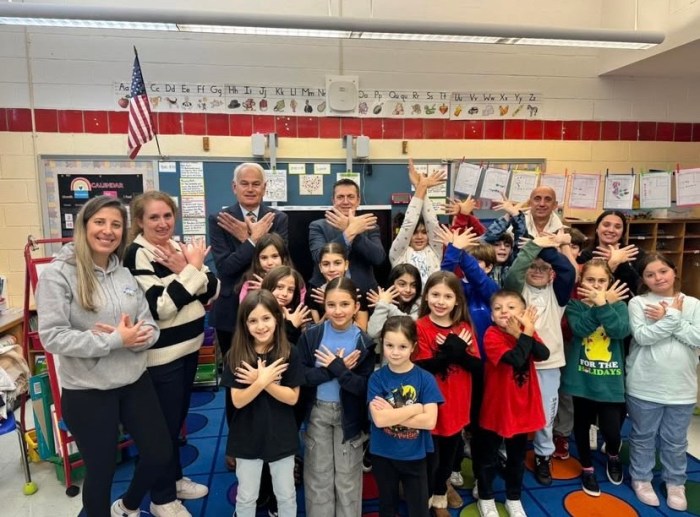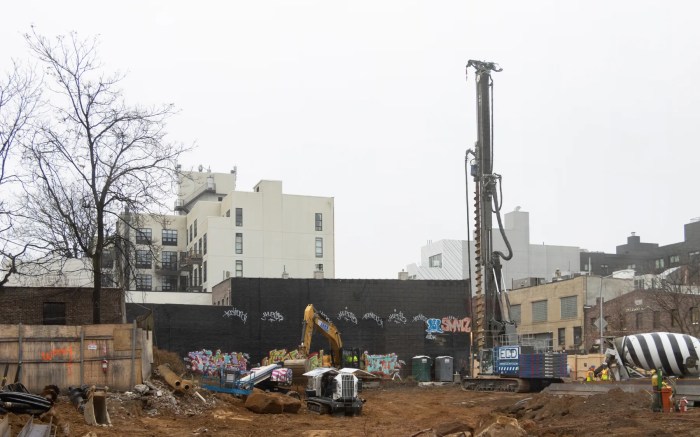Volume 19 Issue 46 | March 30 – April 5, 2007
Letters to the editor
For whom to toll
To The Editor:
I must take exception to George Haikalis’s letter, appearing in the March 9 – 15 edition of the Downtown Express, wherein he suggests that traffic caused by the one-way toll on the Verrazano Bridge could be addressed by tolling the free East River bridges (Letters, “Drop in the river”).
Your original editorial, which discusses Jerrold Nadler’s good efforts to restore two-way tolls on the Verrazano (originally stopped by a vote of Congress in 1986), is a much more practical way of dealing with a serious problem of traffic congestion and air pollution in Lower Manhattan (Jan. 12 – 18, “Backup — Verrazano’s toll change gets worse with time”). CBS reporter Ti-Hua Chang produced an excellent video report which discusses the entire issue and includes an interview with former traffic commissioner Sam Schwartz. (The video is viewable at www.cbstv.com/video by typing “asthma in Chinatown” in the site’s search bar.)
Some trucks are charged as much as $70 dollars on the Verrazano, which they easily beat by traveling through Lower Manhattan and on into New Jersey. Mr. Haikalis’s proposal of East River tolls is too unpopular with city residents and, therefore, with politicians, to ever be implemented.
John Ost Quacks like a condo
To The Editor:
Regarding Mr. Schwarz’s letter (Letter by Julius R. Schwarz, “Trump partner: We’ll watch our language”) one can only say this:
If it’s built to be a condo, advertised as a condo and sold as a condo — it’s a condo.
It’s not a duck, it’s not in Soho, and it’s not a hotel.
It’s time for Trump to stop selling his name for a buck while ruining neighborhoods and time for the politicians to get off the fence and let the emperor know that he’s naked.
Donald Clark MacPherson SoHo Arts Council, Inc.
To The Editor:
I was amused to read Bayrock/Sapir spokesman Julius Schwarz’s letter to the editor trying to explain how the planned Trump Soho Condo-Hotel, in which his company will be a partner, will not violate the law.
Schwarz, Trump and company have been engaging in some pretty impressive verbal acrobatics in their effort to convince anyone that their development — where individuals will own their units and get to stay in them for long periods of time — is not a residence or a residential hotel, which is prohibited under the law at this location. In his letter, Schwarz tries to blame “unauthorized” others for spreading the word that this development will in fact be used as a residence. What he does not mention is that as recently as three weeks ago, we caught Bayrock advertising the units in this planned development as “living spaces” on their Web site, and found an ad in New York Magazine for the development which referred to the units as “residences” which owners can “opt” to rent out when they are away, in direct contradiction of what Mr. Schwarz’s letter said and what the law allows.
It’s not surprising that Schwarz and Trump are trying to do an end run around the law, as they will profit mightily from it.
About a dozen elected officials, five different community boards, and scores of business and community groups from across the city have asked city officials not to issue building permits for this development. Were the city to do the right thing, Trump and Schwarz would be forced to seek a zoning change if they wanted to continue with their condo-hotel plans. Through the public process of a zoning change, in which everyone gets a say, the project could be blocked, approved, or modified to address community concerns. If the city does let Bayrock/Sapir and Trump move ahead with their sham development, zoning protections for many of our neighborhoods will be undermined.
Andrew Berman
Executive director, Greenwich Village Society for Historic Preservation Grass over turf
To The Editor:
As a parent and new resident to Battery Park City, I’ve followed the coverage on the Battery Park City ballfields with great interest (news article, Feb. 23 – March 1, “Authority opens up to playing ball on turf fields,” editorial, March 16 – 22, “Grass is greener but turf is better for B.P.C.”). The real issue is the need for more playing fields Downtown; B.P.C.’s fields cannot serve the needs of an ever-growing community. We are fortunate not only to have a natural turf field in B.P.C., but also that B.P.C. Parks Conservancy maintains it without any chemical fertilizers and pesticides. Turning this wonderful amenity into a synthetic turf field will not provide enough playing hours for our children. Instead, we need to look for other venues. Governors Island is a future possibility. Why not explore the idea of a ballfield on top of the Battery Park garage? Pier 40 has a rooftop field.
I am also concerned that no one is bringing up the adverse environmental effects associated with synthetic turf fields. Synthetic fields, despite their improvements, can reach temperatures of 140 degrees on a 90-degree day. A natural turf field on that same day can even be less than 90 degrees. The springiness of synthetic turf fields is achieved by the use of rubber pellets which contain heavy metals such as cadmium, chromium and lead. Rain water filters through this toxic material and will end up in the Hudson River. Are we willing to endanger the health of the river and its aquatic and bird life?
Climate change is on everyone’s mind. I want a better world for my children and grandchildren. Replacing B.P.C.’s natural turf ballfields with synthetic turf fields is not the way to a viable environmental future.
Chelsea Bailey Knit history
To The Editor:
The article, “While punk clubs get knocked down, Tribeca’s ‘Knit’ still stands” (arts article, March 2 – 8) conflates the “old Knit” and the current nightclub the “Knitting Factory.” As a participant in both last week’s “old Knit” benefit for the Stone (a new music performance space), and also in the 2004 local 802/takeittothebridge protests against Knitmedia (the current Knitting Factory owners) to win back royalties and CD’s for Knitting Factory recording artists, I feel several important distinctions between the two nightclubs, one still open, the other long closed, were missing from the article.
Contrary to the impression created by the article, there is no connection between the Town Hall benefit and the current night club on Leonard St. known as the Knitting Factory.
The benefit was organized by Michael Dorf, former owner of the Knitting Factory. During most of Mr. Dorf’s tenure, the Knitting Factory featured new and experimental music as a mainstay of its programming. Over the years, I and other musicians have had our differences with Michael. However, these were honorably resolved through collective bargaining. The current Knitting Factory has never, since the purchase of a controlling share in Knitmedia by Instinct records, been primarily devoted to new or experimental music. Although the dispute with the Knitting Factory recording artists was also resolved honorably, and I have both played at the Knitting Factory since then (in the 2005 jazz festival), and in no way did I discourage others from doing so, the owners have a long way to go before I or most of the people I know on the new/experimental music scene will be donating services.
If, at some point in the future, Knitmedia resolves the still outstanding aspects of its agreement, and shows an interest in the music with which the name was once associated, then fine. Until then, I wish the current Knitting Factory all the best.
Marc Ribot
No stairway to heaven
To The Editor:
Gov. Spitzer has recently decided that 175 tons of post-9/11 construction debris resembling a staircase is an important artifact of the World Trade Center. Protection of that item is currently slowing down work at the W.T.C. site.
But worse, “officials” are currently looking for a temporary home for it, probably for just 10 years or so. What some people consider one of our nation’s greatest artifacts is really a hot potato.
One possible location is a Battery Park City park, presumably not the sports fields where it might ruin the grass. Another option is the recently opened park on Liberty St. and Broadway, one of Downtowns busiest pedestrian walkways. The 7 W.T.C. park has been suggested, although it will be a tight fit.
There are even community board members backing this drive to preserve the staircase. I would like these members to step forward and volunteer their own parks to hold it. How about putting it in Washington Market Park? Or maybe it would be welcomed in the Seaport? Perhaps it would fit on the grand walkway along West St. where it would almost certainly be in no one’s way. The reality is that no one wants this mass of wrecking ball concrete in their own backyard. Even the Memorial Foundation doesn’t want it whole, because it would take space away from more compelling artifacts.
Some who really want to save it believe that one of America’s largest commercial districts should be preserved for tours of terrorists’ ruins.
If the historians and politicians really love this staircase, put it on the Upper East Side on the street outside Spitzer’s house.
Moving and storing this massive object will be expensive, but I’m sure its supporters will throw their own money at it. They will volunteer their own parks to house it. If no one volunteers their own parks and neighborhoods, why should we get stuck with it at the W.T.C.?
Dave Stanke
Letters policy
Downtown Express welcomes letters to The Editor. They must include the writer’s first and last name, a phone number for confirmation purposes only and any affiliation that relates directly to the letter’s subject matter. Letters should be less than 300 words. Downtown Express reserves the right to edit letters for space, clarity, civility or libel reasons. Letters should be e-mailed to news@DowntownExpress.com or can be mailed to 145 Sixth Ave., N.Y., N.Y. 10013.





































